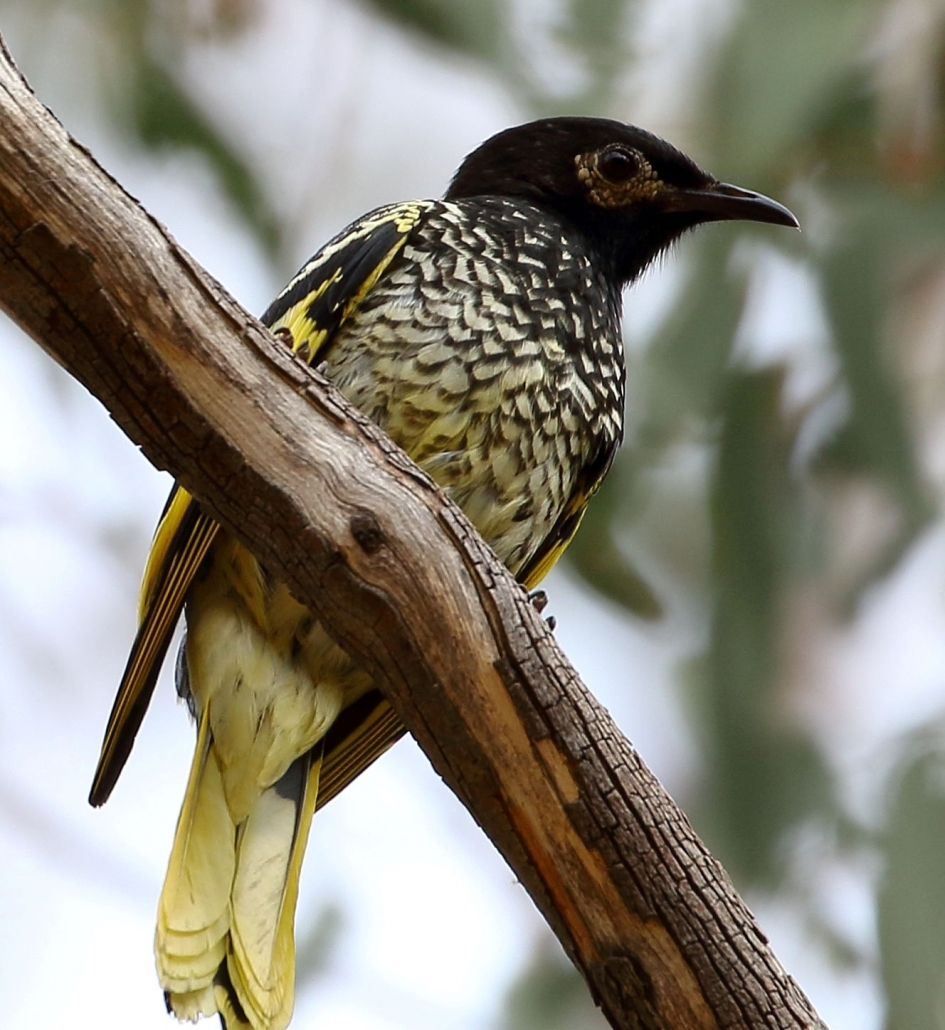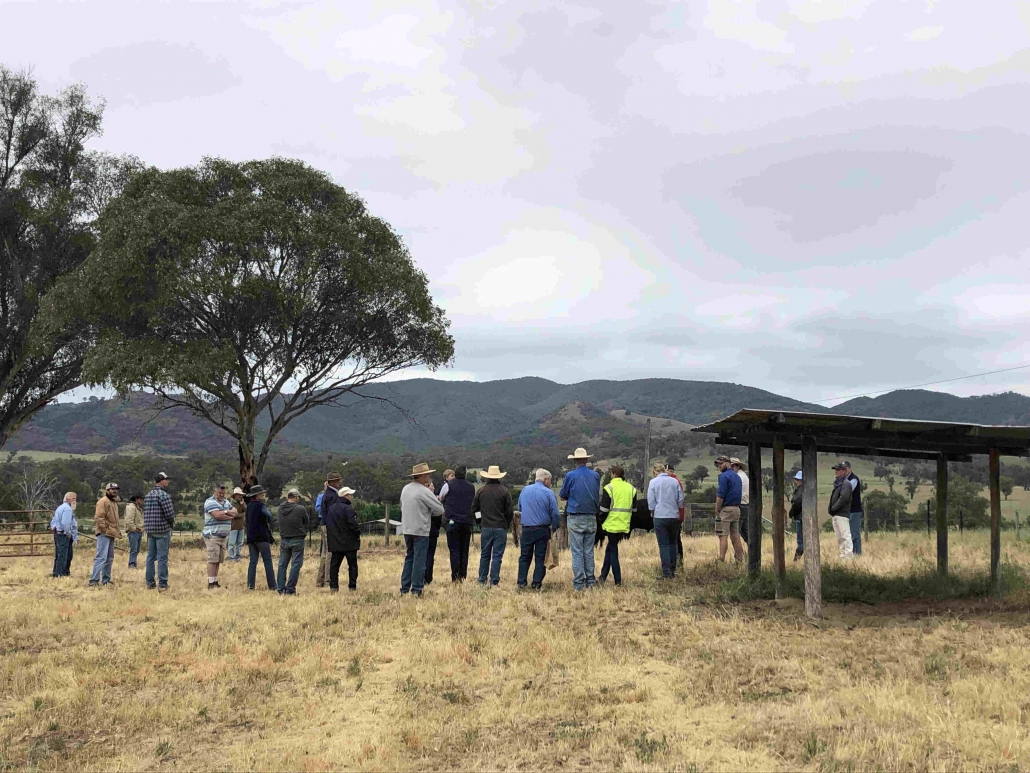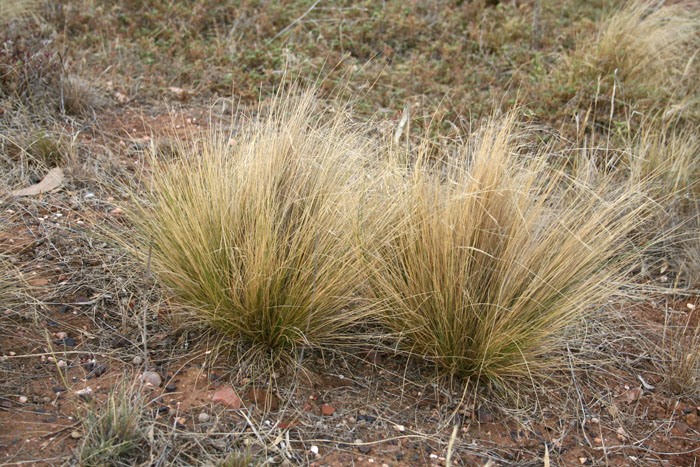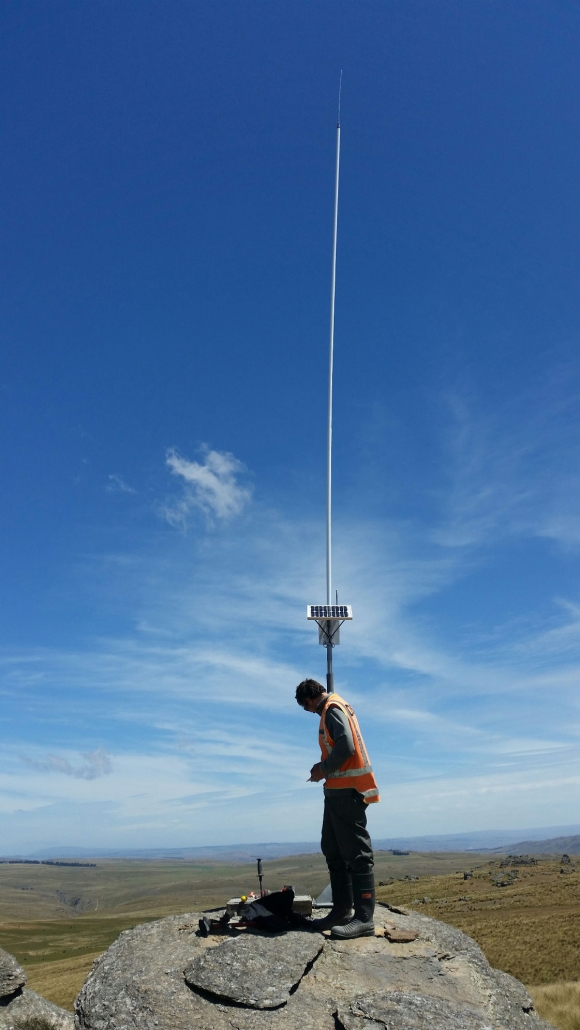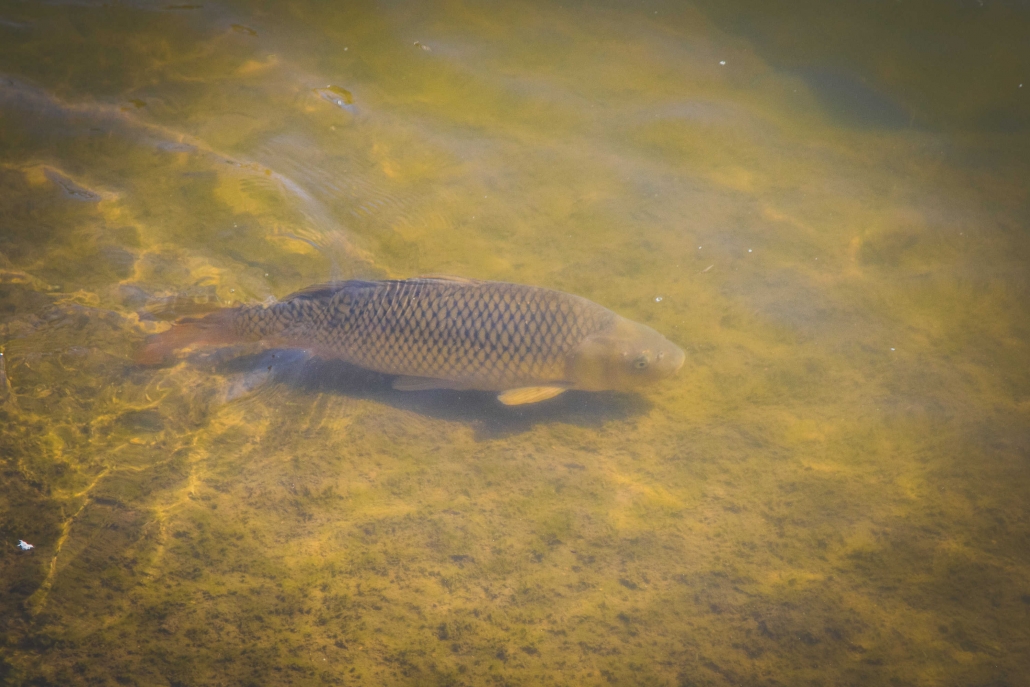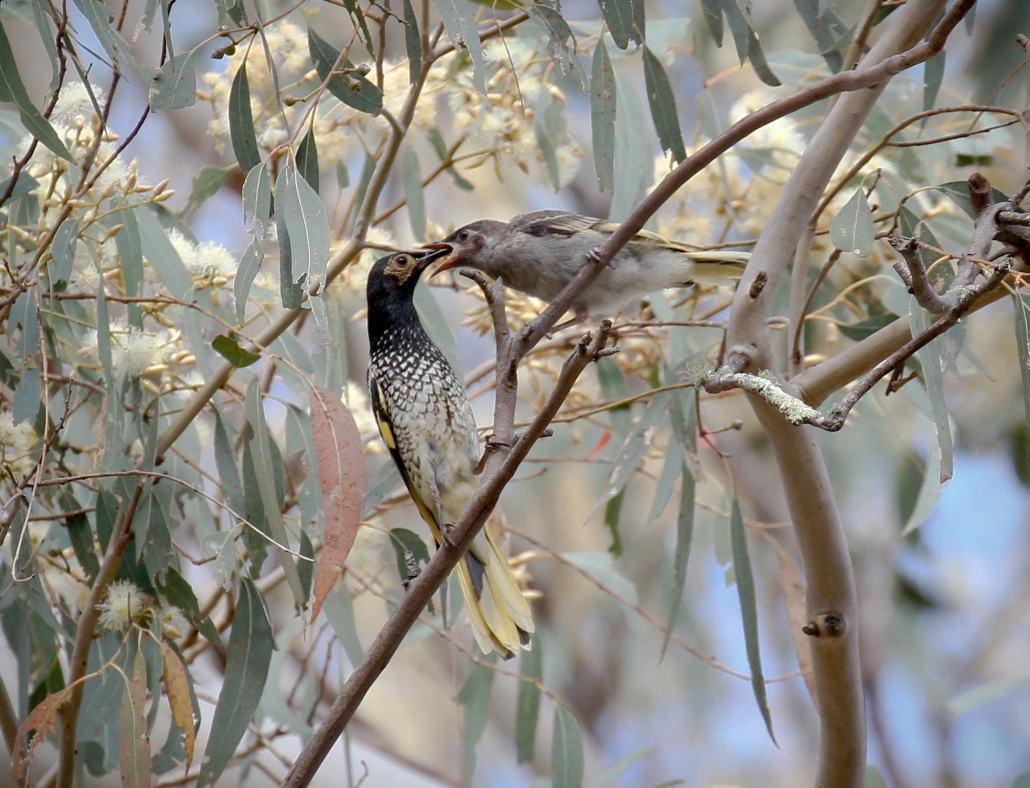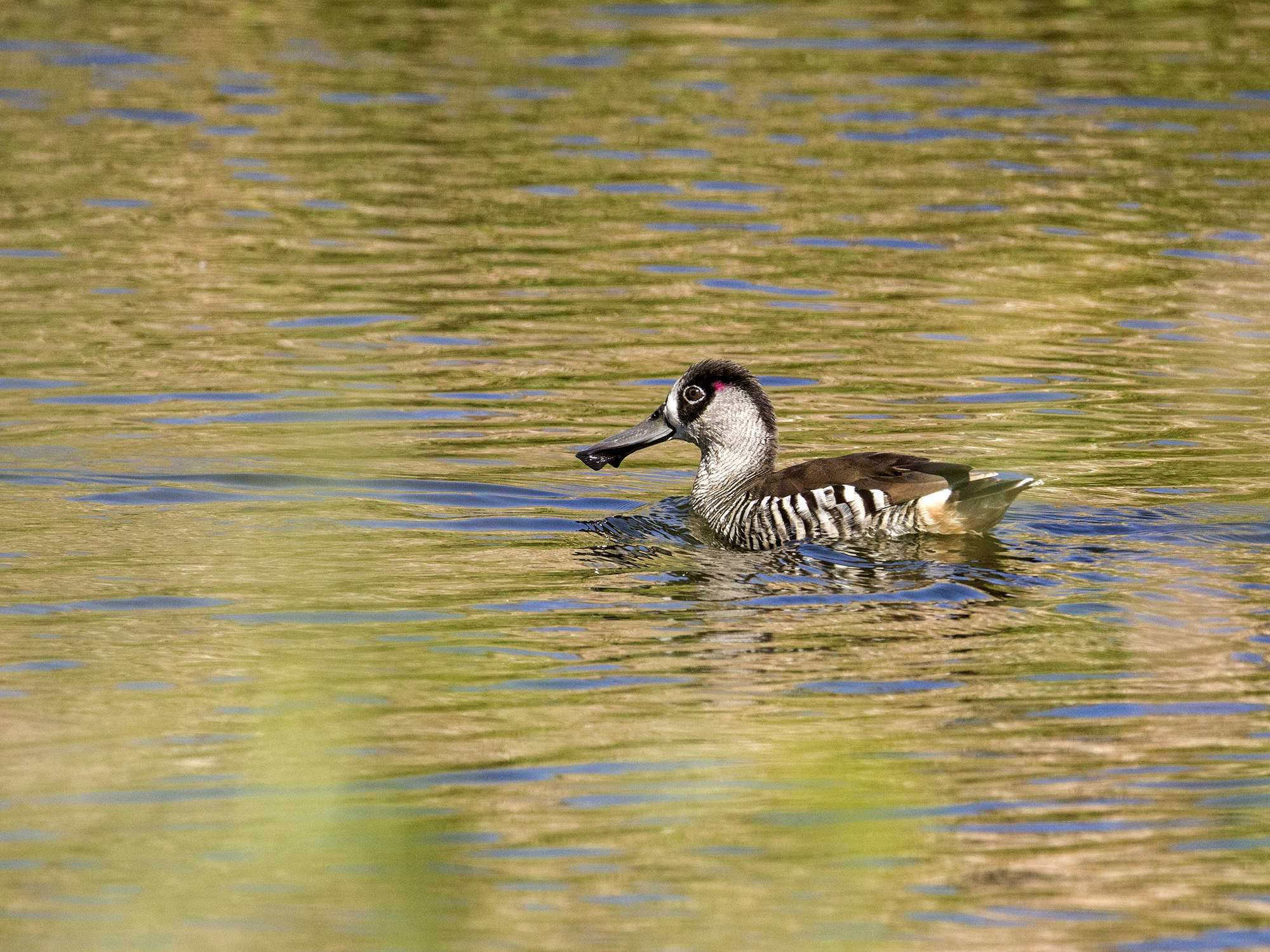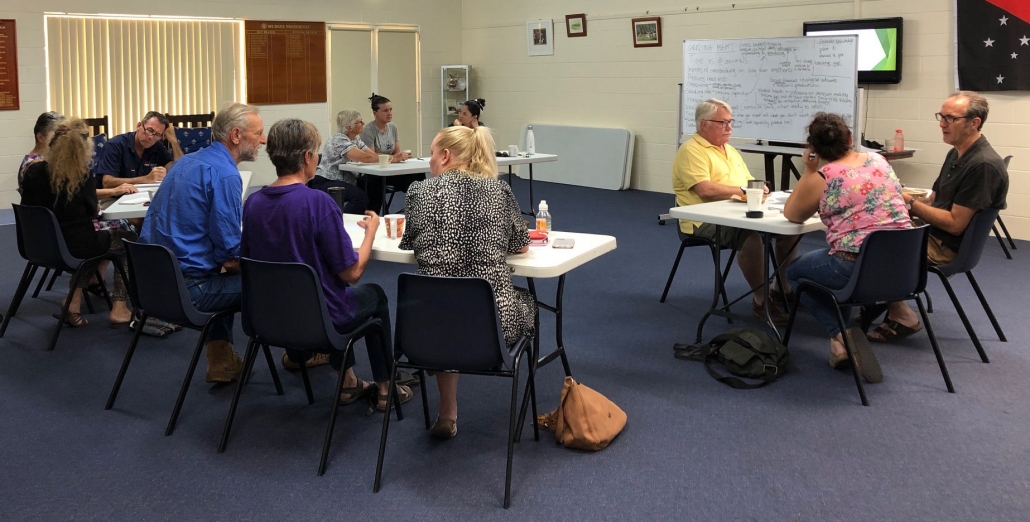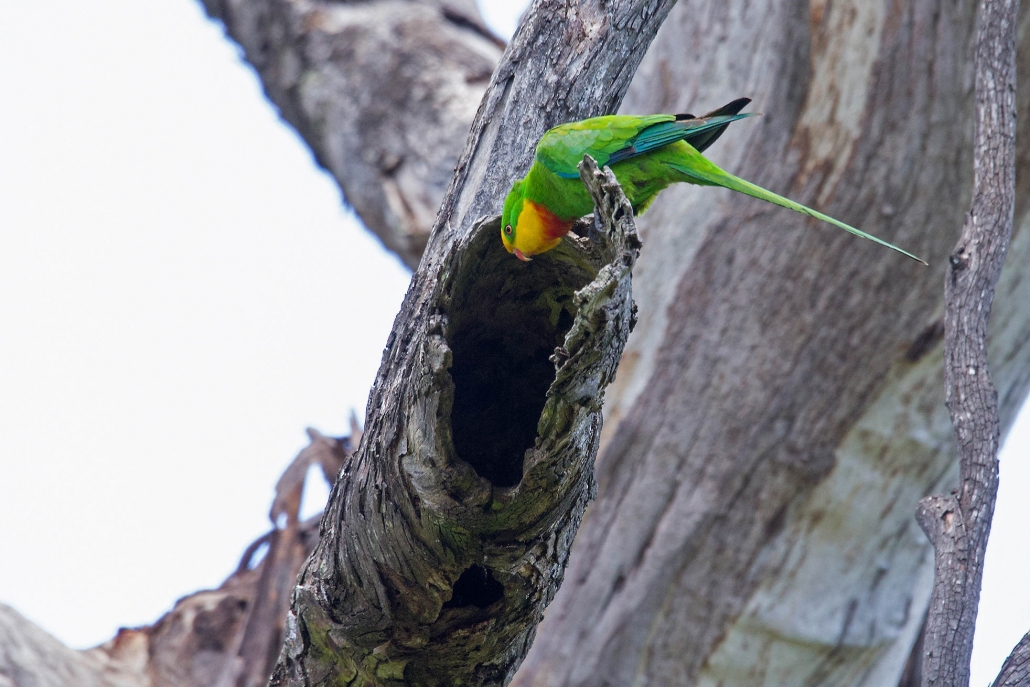What you do in winter will impact your pasture productivity in spring
As the weather starts to cool and pastures become dormant it’s a critical time to think about managing groundcover through the winter months. Management decisions made now can impact pasture recovery in spring and beyond.
Groundcover is any material that covers the soil, including gravel, living and dead plant material, dung and biological soil crusts. It not only protects the soil surface from wind and water erosion but also protects the available moisture from evaporation, buffers soil temperatures, improves soil nutrient retention, structure and health and assists with soil carbon sequestration. All these factors lead to a decrease in recovery time, when spring comes or the drought breaks.
As landmanagers, we we have the most control of the vegetative component of groundcover. To manage that effectively we need to match stocking rate to available feed and ensure paddocks have adequate rest between grazing periods.
Overgrazing causes reduced pasture growth and loss of groundcover and decline in perennials may lead to soil and vegetation changes that are difficult to reverse. Bare ground reduces rainfall penetration into the soil and impedes pasture recovery. Ultimately, this will lead to decreased carrying capacity of the land and lower performance of livestock with impacts on productivity, profitability and income stability.
So as winter sets in and the grass is not actively growing, we need to ration what is available. Answering the following questions may help you with you management decisions.
How much feed have you got on the ground? Is it enough to get the stock you have on hand through winter?
If not, will you de-stock? If so, when? Making this decision early allows you to take full advantage of market forces, selling when stock prices are good, rather than when you have to, because you’ve run out of feed.
What order are you going to graze the paddocks? For how long? Planning grazing and rest periods now can guide your operation next season. For example, grazing your best paddocks first and giving them a long rest, to have them ready to graze again for spring lambing.
Have you got supplementary feed on hand? Can you readily source some and at what cost?
If you are going to supplement your stock, will you feed this out in the paddock to make existing pasture last longer or will you feed in a sacrificial or drought paddock?
Will you be supplementing the whole herd or flock? Or will you wean early and feed the weaners only? A cow/calf or ewe/lamb unit consumes a lot more feed than a dry cow or ewe and weaner calf or lamb and early weaning can be a cost effective way to manage fodder reserves.
Examining these factors now, rather than on the fly, allows us to consider risks, options and contingencies, to make sound decisions and take advantage of opportunities.
And don’t forget to regularly monitor and review your feed budget and tweak your plan if conditions change.

